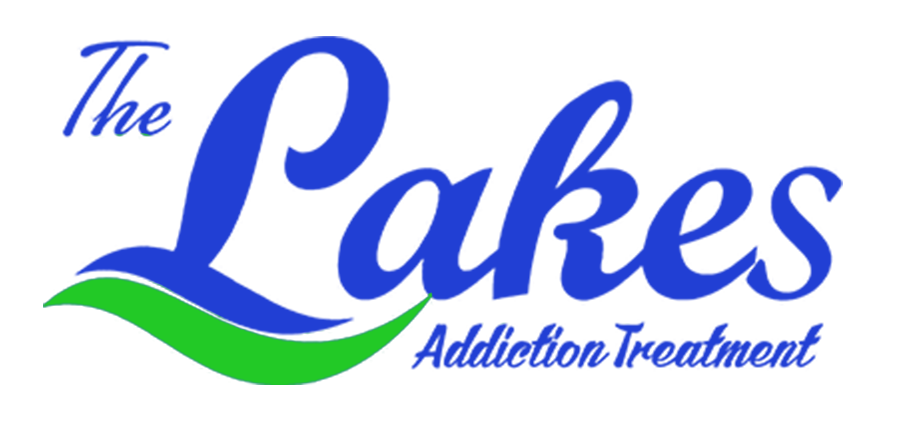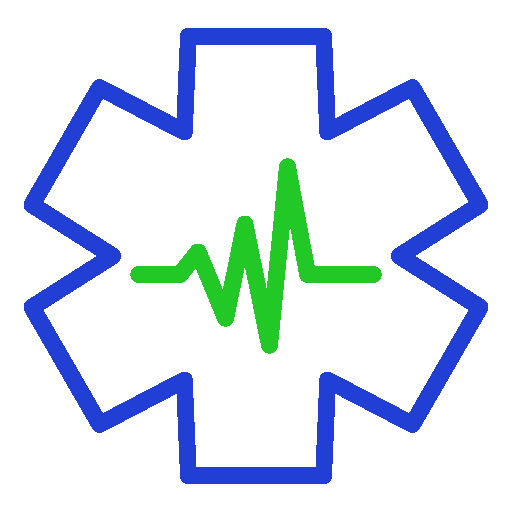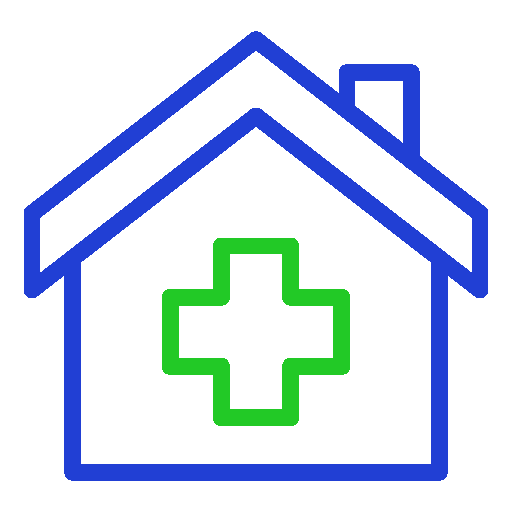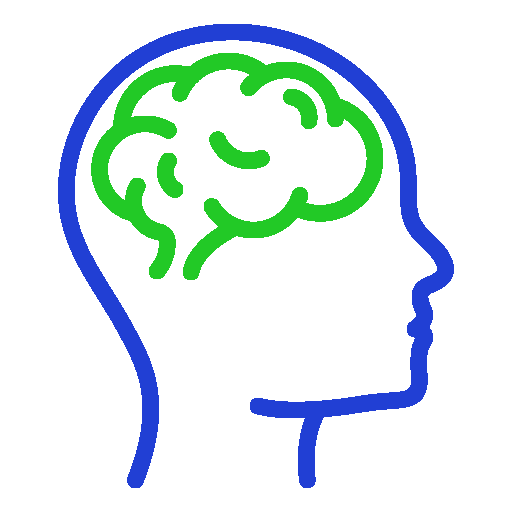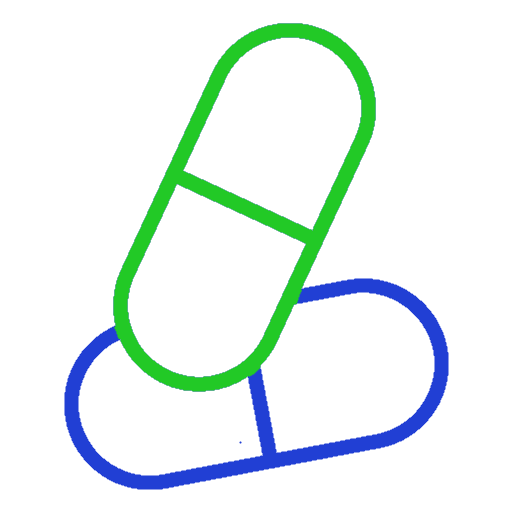Understanding Cravings and Triggers in Recovery
Definition and Nature of Cravings
Cravings are a common yet complex phenomenon experienced by individuals in the journey of recovery from addiction. They can be described as intense desires or urges for a particular substance or behavior that one tries to abstain from. These cravings have both physiological roots, such as changes in brain chemistry due to past substance use, and psychological components, including emotional states and thought patterns. Understanding the dual nature of cravings is crucial in addiction recovery, as it allows individuals to address both the body’s and the mind’s calls for a substance, thereby improving their chances of maintaining sobriety.
Cravings are not just fleeting desires; they can be powerful and persistent, making them a significant obstacle in the path to recovery. They are often triggered by specific cues or situations, which can vary greatly from person to person. Recognizing these triggers is a vital step in managing cravings, as it enables individuals to develop strategies to either avoid or confront these cues with greater resilience. By comprehending the essence of cravings, those in recovery can better prepare themselves for the challenges they may face and equip themselves with the tools necessary for success.
Common Triggers in the Recovery Journey
Triggers in recovery are diverse and can be deeply personal. Common triggers include stress, which can cause individuals to seek relief in old habits, and environmental factors, such as being in places associated with past substance use. Social situations, especially those involving others who are using substances, can also prompt cravings. Individuals in recovery must identify their unique triggers, as this knowledge empowers them to implement effective coping strategies. By understanding what sparks their cravings, individuals can take proactive steps to avoid these triggers or to face them with a plan in place to maintain their sobriety.
Each person’s triggers are as individual as their journey in recovery. For some, emotions like loneliness, boredom, or anger can serve as catalysts for cravings. Others may find that certain times of the day or specific rituals that were once associated with substance use can act as triggers. Recognizing these triggers is not just about avoidance; it’s also about building a new, healthier lifestyle where these cues no longer hold the same power. With this understanding, individuals can transform their recovery journey into a proactive, empowering process that acknowledges the presence of triggers but reduces their influence.
Strategies for Managing Cravings
Mindfulness and Coping Techniques
Mindfulness is a powerful tool in the arsenal against cravings. It involves staying present and fully engaged in the current moment without judgment. This practice can help individuals in recovery observe their cravings without acting on them. Techniques such as meditation and deep breathing exercises can anchor someone in the present and provide a sense of calm that counteracts the urgency of cravings. Mindfulness encourages a reflective rather than reactive approach to cravings, allowing individuals to recognize these urges’ impermanent nature and respond with intention rather than impulse.
Developing a set of coping techniques is essential for managing cravings. These can include engaging in a hobby, talking to a supportive friend or family member, or practicing relaxation techniques. The key is to have a variety of strategies to turn to, as what works in one situation may not be as effective in another. It’s also important for these techniques to be readily accessible so individuals can employ them quickly when cravings arise. By having a toolkit of mindfulness and coping strategies, those in recovery can navigate the challenges of cravings with confidence and control.
Creating a Supportive Environment
A supportive environment is a cornerstone of successful recovery. This involves changing one’s living space, routine, and social interactions to minimize exposure to triggers and foster a recovery-friendly atmosphere. It might mean removing substances from the home, avoiding certain social gatherings, or creating new, healthy rituals that reinforce sobriety. The goal is to construct an environment that reduces the likelihood of encountering triggers and promotes well-being and resilience against cravings.
Friends and family play a critical role in shaping a supportive environment. It’s beneficial for individuals in recovery to communicate their needs and boundaries to their loved ones, ensuring that their support network understands how to assist them best. This might involve establishing new ways to socialize that do not involve substance use or participating in recovery groups together. By actively crafting a supportive environment, individuals can create a safe space that nurtures their recovery and helps them withstand the pressures of cravings and triggers.
Nutritional and Physical Wellness
Role of Nutrition in Managing Cravings
Nutrition often plays an underappreciated role in the recovery process. A balanced diet can profoundly impact managing cravings, as proper nutrition helps stabilize mood, improve energy levels, and support overall physical health. Consuming a diet rich in whole foods, vitamins, and minerals can aid in repairing the body and brain from the damage of substance abuse. Additionally, certain foods can help balance neurotransmitter levels, which may reduce the intensity and frequency of cravings. For those in recovery, understanding the connection between what they eat and how they feel can be a game-changer in managing their cravings.
Cravings can sometimes be misinterpreted signals from the body, such as hunger or nutritional deficiencies. By paying attention to regular meal patterns and nutritional intake, individuals can better discern between true cravings for substances and the body’s need for nourishment. Staying hydrated and maintaining a diet that includes a variety of nutrients can also help reduce the temptation to turn to substances for comfort or stimulation. Nutrition is not just about physical health; it’s an integral part of a holistic approach to recovery that acknowledges the interplay between body and mind.
Exercise as a Tool for Craving Management
Physical activity is another valuable tool for those working to manage cravings. Exercise releases endorphins, which are natural mood lifters, and can help alleviate some of the emotional triggers for cravings, such as stress or anxiety. Regular exercise also promotes better sleep, increases energy levels, and can improve self-esteem, all of which benefit individuals in recovery. Whether it’s a daily walk, a yoga session, or a more intense workout, incorporating physical activity into one’s routine can be a healthy distraction and a positive outlet for managing cravings.
Exercise helps with immediate craving management and contributes to long-term recovery success. Establishing a routine that includes physical activity can help create structure in one’s life, which is often needed after the chaos of addiction. It also provides an opportunity to set and achieve goals, which can empower individuals in recovery. By understanding the psychological and physiological benefits of exercise, those in recovery can use it as a proactive strategy to strengthen their resolve and maintain their commitment to sobriety.
Psychological Approaches to Craving Reduction
Cognitive-Behavioral Strategies
Cognitive-Behavioral Therapy (CBT) is a widely recognized and effective treatment modality for addiction recovery. CBT focuses on identifying and changing negative thought patterns and behaviors that contribute to substance abuse. By applying CBT techniques, individuals can learn to recognize the thought processes that lead to cravings and develop healthier responses. Strategies such as challenging irrational beliefs, practicing problem-solving skills, and engaging in behavioral experiments can empower those in recovery to take control of their cravings and reduce their impact.
One of the key benefits of CBT is its focus on practical skills that can be applied in real-world situations. For instance, individuals can learn to anticipate potential triggers and plan accordingly, reducing the likelihood of encountering situations that might provoke cravings. Through role-playing and other CBT exercises, individuals can also build confidence in their ability to resist cravings and remain sober. By incorporating cognitive-behavioral strategies into their recovery toolkit, individuals can actively work towards reducing their cravings and enhancing their ability to cope with the challenges of recovery.
Emotional Regulation and Recovery
Emotional regulation is a critical skill for managing cravings and sustaining recovery. It involves understanding and managing one’s emotional responses, rather than being controlled by them. Developing emotional regulation can help individuals recognize the emotional underpinnings of their cravings and address them in a healthy manner. Techniques such as journaling, expressive arts, and therapy can provide outlets for processing emotions and reducing the intensity of cravings that are tied to emotional states.
Recovery is not just about abstaining from substances; it’s also about learning to navigate the complexities of one’s inner emotional landscape. By improving emotional regulation, individuals can better handle stress, anxiety, and other emotions that might otherwise lead to relapse. This skill set enables them to face life’s ups and downs with greater resilience and to maintain their sobriety even in the face of emotional challenges. Emotional regulation is a cornerstone of a sustainable recovery, as it equips individuals with the ability to manage their internal world and the external triggers they encounter.
Relapse Prevention and Long-Term Success
Building a Relapse Prevention Plan
Creating a personalized relapse prevention plan is a proactive step toward maintaining long-term recovery. This plan should address individual triggers, outline effective coping strategies, and include a support system that can be called upon when needed. The plan needs to be specific and realistic, considering the unique challenges and strengths of the individual. A relapse prevention plan is not static; it should be reviewed and adjusted regularly to reflect the person’s growth and changes in their recovery journey.
A comprehensive relapse prevention plan also includes strategies for dealing with high-risk situations and an emergency plan for what to do during a lapse. Individuals must recognize that a lapse doesn’t have to lead to a full-blown relapse; with the right plan, they can get back on track quickly. The plan should also encourage ongoing engagement with recovery activities, such as attending support groups or therapy sessions, to reinforce the commitment to sobriety. With solid relapse prevention plans, individuals can face the future confidently, knowing they have a roadmap to navigate future challenges.
Celebrating Milestones and Sustaining Motivation
Celebrating milestones is an essential part of the recovery process. Acknowledging the hard work and dedication it takes to reach each new stage of sobriety can provide a sense of accomplishment and reinforce the value of staying sober. Whether it’s marking one month or one year of sobriety, these milestones are opportunities to reflect on progress and to thank those who have supported the journey. Celebrations can be personal and simple, like taking time for self-care or sharing with loved ones meaningfully.
Sustaining motivation over the long term can be challenging, but it’s crucial for ongoing recovery. Setting new goals, exploring new interests, and continuing to grow personally and professionally can all contribute to a sense of purpose and direction. Staying connected with the recovery community and helping others on their path can also provide a powerful motivation to maintain one’s own sobriety. By finding ways to stay motivated and engaged in the recovery process, individuals can continue to build a fulfilling life free from the constraints of addiction.
At The Lakes Treatment Center in Copperopolis, CA, we understand how to manage cravings and triggers during recovery. Our comprehensive addiction medicine services are designed to support you every step of the way, from personalized therapy to nutritional guidance and wellness programs. If you or a loved one is seeking a supportive environment to overcome addiction, we invite you to contact us. We can build a foundation for long-term success and a healthier, happier life. Reach out today and take the first step towards a future free from addiction.
